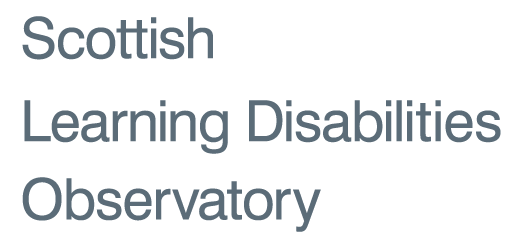Midlothian: Health
Population size is 83,187
-
Choose
- Learning disabilities
- Autism
| All people | ||||||
|---|---|---|---|---|---|---|
| Health ratings | Female | Male | Total | |||
| Very good | 22,339 | 52.1% | 21,598 | 54.3% | 43,937 | 53.1% |
| Good | 13,079 | 30.5% | 11,701 | 29.4% | 24,780 | 30.0% |
| Fair | 5,282 | 12.3% | 4,527 | 11.4% | 9,809 | 11.9% |
| Bad | 1,692 | 3.9% | 1,529 | 3.8% | 3,221 | 3.9% |
| Very bad | 502 | 1.2% | 451 | 1.1% | 953 | 1.2% |
| Total | 42,894 | 100.0% | 39,806 | 100.0% | 82,700 | 100.0% |
| All people | |||
|---|---|---|---|
| Health ratings | Female | Male | Total |
| Very good | 22,339 | 21,598 | 43,937 |
| Good | 13,079 | 11,701 | 24,780 |
| Fair | 5,282 | 4,527 | 9,809 |
| Bad | 1,692 | 1,529 | 3,221 |
| Very bad | 502 | 451 | 953 |
| Total | 42,894 | 39,806 | 82,700 |
| People Learning Disabilities | ||||||
|---|---|---|---|---|---|---|
| Health ratings | Female | Male | Total | |||
| Very good | 26 | 11.7% | 43 | 16.2% | 69 | 14.2% |
| Good | 85 | 38.3% | 94 | 35.5% | 179 | 36.8% |
| Fair | 82 | 36.9% | 87 | 32.8% | 169 | 34.7% |
| Bad | 18 | 8.1% | 31 | 11.7% | 49 | 10.1% |
| Very bad | 11 | 5.0% | 10 | 3.8% | 21 | 4.3% |
| Total | 222 | 100.0% | 265 | 100.0% | 487 | 100.0% |
| People Learning Disabilities | |||
|---|---|---|---|
| Health ratings | Female | Male | Total |
| Very good | 26 | 43 | 69 |
| Good | 85 | 94 | 179 |
| Fair | 82 | 87 | 169 |
| Bad | 18 | 31 | 49 |
| Very bad | 11 | 10 | 21 |
| Total | 222 | 265 | 487 |
Health status
Health status
Other health conditions
Number of other conditions
Health limitations
People with learning disabilities very good/good health
Summary information
50.9% of people with learning disabilities in Midlothian rate their health as good/very good, compared to 83.1% of people without learning disabilities in Midlothian
-
21.6% of people with learning disabilities have 3 or more conditions in Midlothian compared to 24.8% for Scotland
-
In Midlothian 50.9% of people with learning disabilities rate their health as good/very good, compared with 50.2% for Scotland
View other information
Explore
Choose People with learning disabilities data or People with Autism data
You may also choose topic or area
